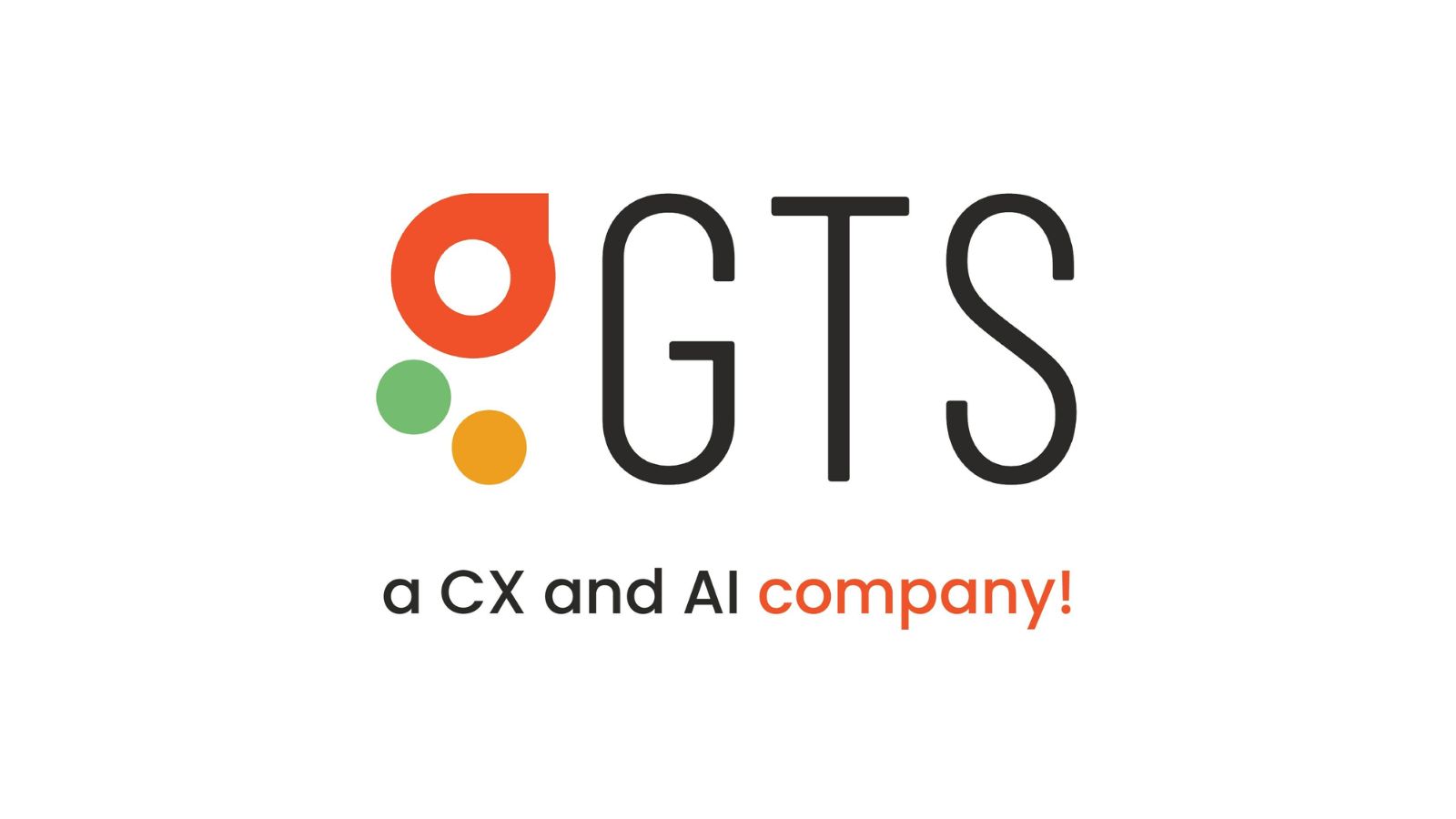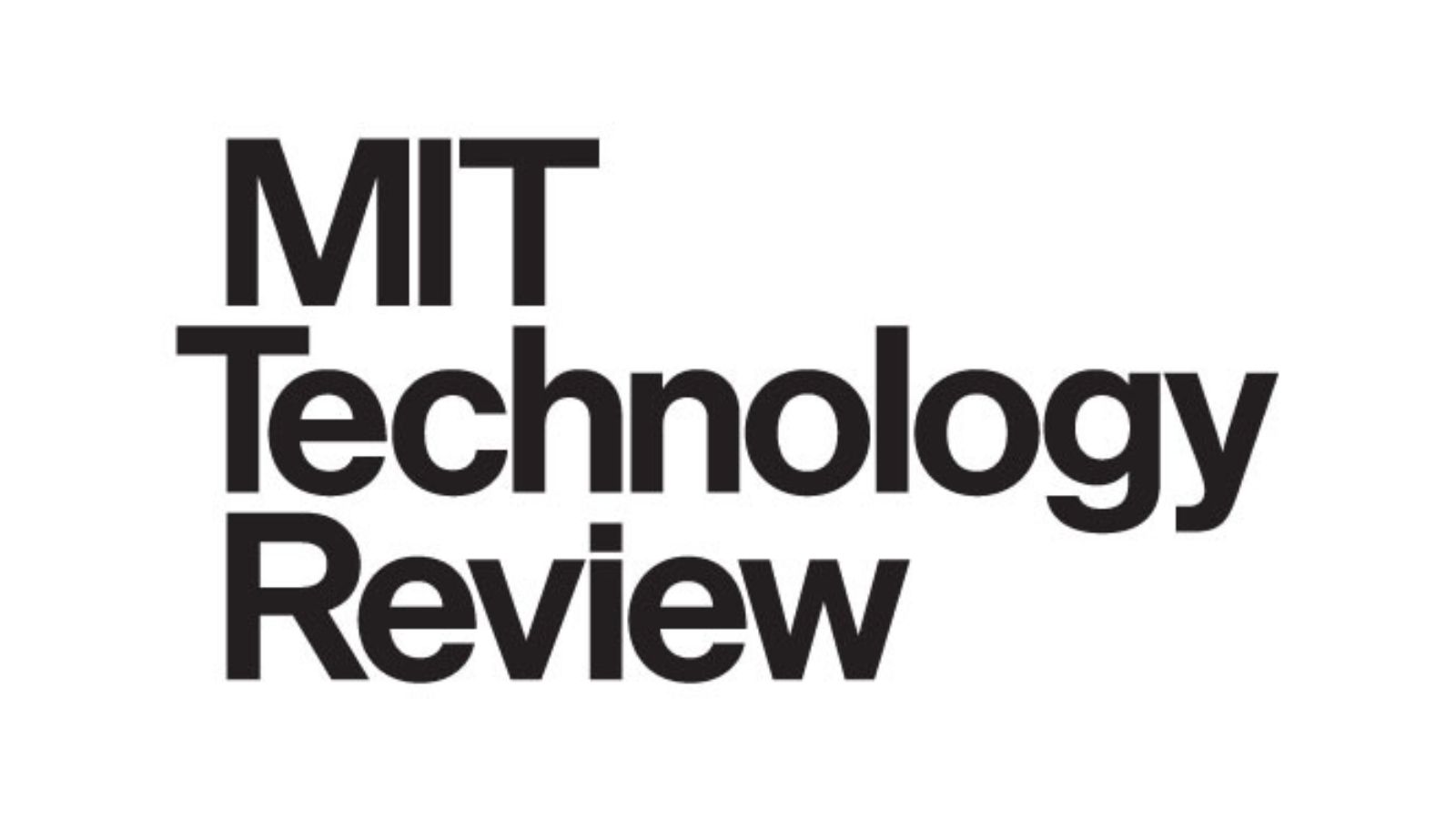In the ever-evolving landscape of data networking, a new paradigm is emerging, promising to reshape the way we connect and communicate. Cognitive networks, a cutting-edge technological innovation, have surged to prominence in recent years, offering a solution to the challenges that plague traditional networks. In this article, we will delve into the world of cognitive networking, exploring its capabilities, advantages, and potential applications.
Understanding Cognitive Networks
Essentially, cognitive networks are a type of data network that marries advanced technologies from various research domains, including computer networks, network management, machine learning, and knowledge representation. This fusion of knowledge empowers cognitive networks to tackle the pressing issues that afflict contemporary networks.
Cognitive networks operate on a cognitive process, which not only allows them to perceive the current state of the network but also to plan, make decisions, and take action based on real-time conditions. Moreover, these networks possess the ability to learn from the consequences of their actions, continually adapting to meet end-to-end objectives. This iterative process, often referred to as the cognition loop, involves sensing the environment and crafting actions based on input from sensors and network policies.
Overcoming Limitations
Traditional data networking technologies grapple with limitations concerning response time, state management, and scope mechanisms. These limitations can render network elements, such as nodes, protocol layers, and policies, ineffective. Cognitive networking emerges as a crucial solution, ushering in modern and intelligent communication, information exchange, and learning.
The concept of cognitive networking has its roots in cognitive radios, which combine intelligent processing with a platform capable of sensing and reacting to the radio environment. This adaptability and responsiveness mark a significant departure from conventional networking approaches.
Advantages of Cognitive Networking
Cognitive networks offer a multitude of advantages that make them a game-changer in the field of data networking:
1. Versatility Across Network Types
Cognitive networking techniques are adaptable to both fixed and wireless networks. This flexibility enhances security, making it an invaluable asset for service providers and users alike.
2. Adaptive Operational Parameters
These networks can adjust their operational parameters in response to user demands and changing environmental conditions. Furthermore, they learn from these adjustments, applying the knowledge gained to make informed decisions in the future. This not only enables devices to transmit more data but also results in reduced energy consumption and optimized bandwidth utilization.
3. Automation and Efficiency
As cognitive networking matures, it opens the door to numerous civilian and commercial applications. It automates network configuration and management, allowing users to focus on their core activities. Major players like Google are already exploring the integration of intelligence and learning systems into networks, foreshadowing fierce competition in this space.
Cognitive Networking in Action: Infinera’s Instant Network
Infinera, a provider of intelligent transport networks, recently introduced its Instant Network billing solution. This offering represents a significant stride towards unifying cognitive networking and SDN (Software-Defined Networking). Instant Network billing allows service providers to activate capacity precisely when revenue-generating services demand it, reducing capital expenditures and lowering business risk.
Infinera’s solution equips optic fiber networks with the capacity to exceed their current usage or subscription, ushering in a new era of efficiency and resource optimization.
Challenges on the Horizon
While the promise of cognitive networking is undeniable, several challenges must be addressed to fully harness its potential. These include:
1. System Stability and Resilience
Maintaining system stability, resilience, correctness, and robustness in the face of rapid environmental changes is a paramount concern. Cognitive networks must offer consistency and optimal performance.
2. Integration with IoT
Seamless integration with the Internet of Things (IoT) presents challenges. Ensuring that cognitive networks can connect to IoT devices securely and efficiently without human intervention is a complex task.
3. Security and Privacy
The autonomy of cognitive networks introduces security and privacy concerns. Their ability to make independent decisions and connect to various networks raises the risk of compromising personal or sensitive information.
Enabling the Vision
The future of data networking undoubtedly belongs to cognitive networks. Unlike conventional networks, where human intervention often drives configuration changes, cognitive networks introduce a new level of intelligence. AI-driven cognitive networks can recognize network states and usage patterns, facilitating easy reconfiguration. They can optimize data transfers by considering historical data, quality of service, user needs, and current network conditions. Recommendations for optical network configurations become possible, paving the way for an efficient and adaptive network ecosystem.
In conclusion, cognitive networking is poised to revolutionize data networks, offering unparalleled adaptability, efficiency, and automation. As the industry embraces this transformative technology, we can expect to witness a future where networks intelligently adapt to our needs, making connectivity seamless and efficient. The journey toward a cognitive network-powered world is underway, and its potential is boundless.









Leave a Reply